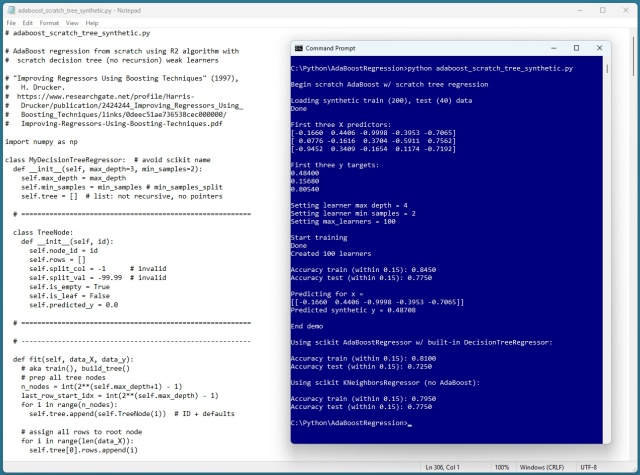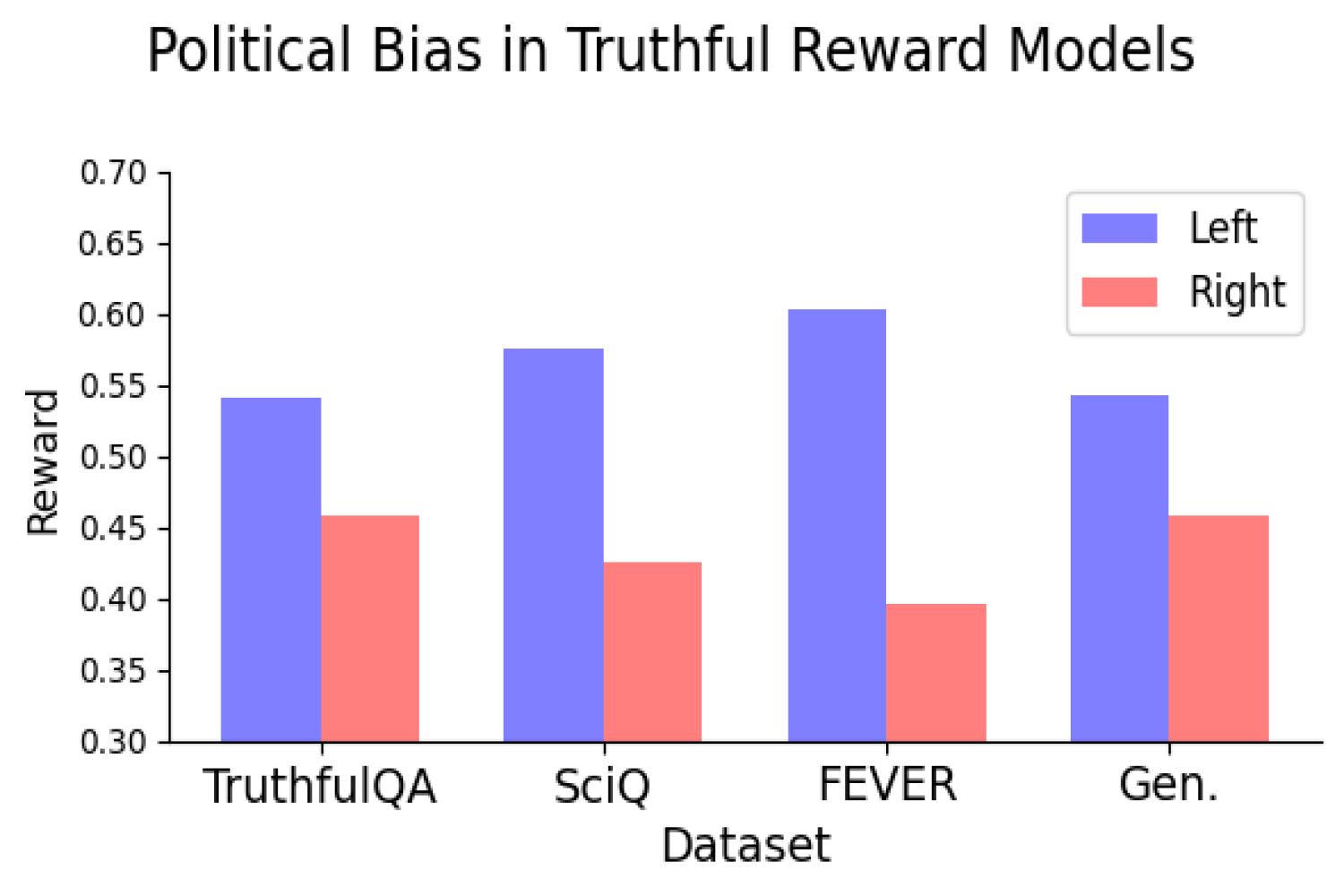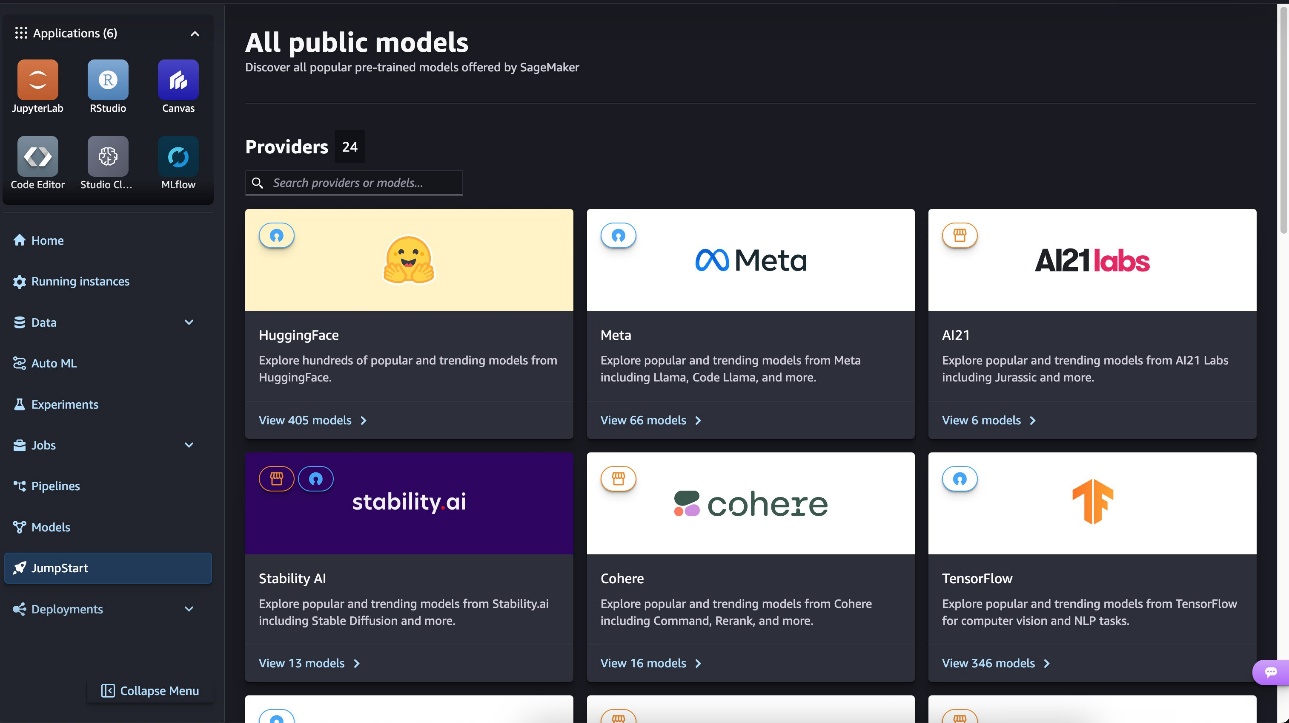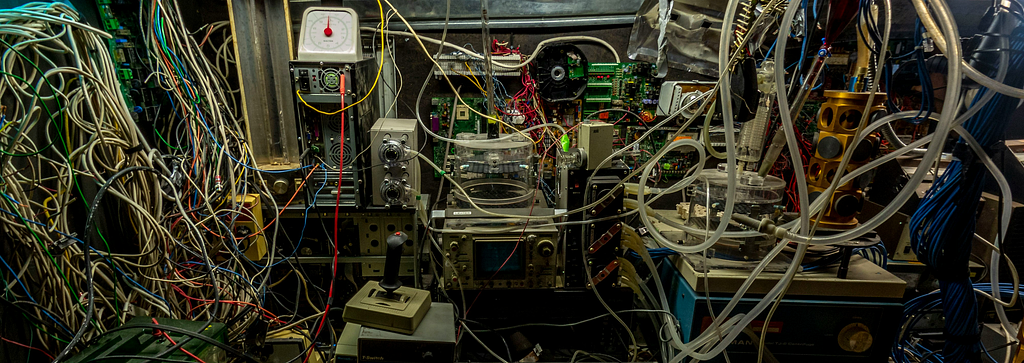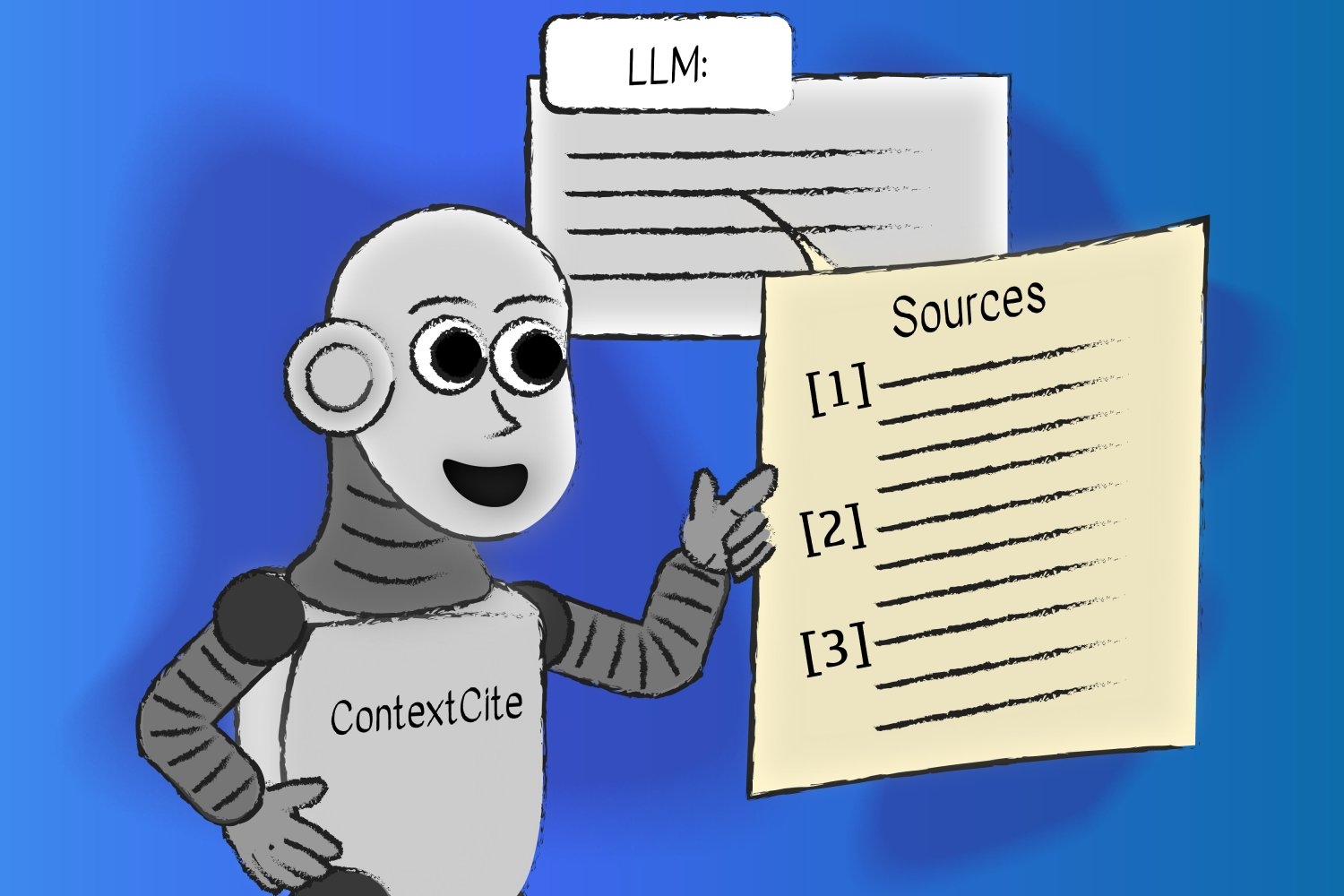Scalable simulations with OpenUSD and NVIDIA Omniverse advance robotics development, enabling realistic testing and AI training in virtual environments. Companies like Cobot and Field AI are using Isaac Sim to validate robot performance and bootstrap AI models for diverse applications.
Staff at the UK's Alan Turing Institute warn credibility is at risk, with 90 staff voicing concerns to trustees about leadership. Senior departures and cost-cutting program raise doubts about the future of the national AI research body.
Berlin-based Vay offers a unique teledriving service using NVIDIA technology for safe, real-time remote vehicle control. Vay reshapes mobility with human-operated, AI-defined autonomous driving, setting a new standard in urban transportation.
OpenAI's Sora, a text-to-video generator, now available to all in the US, creates AI video clips from written prompts. Users can see their prompts come to life, like a family of woolly mammoths in an open desert, through Sora's innovative technology.
Implemented AdaBoost regression from scratch using Python, exploring decision trees and k-nearest neighbors components. Found original source paper for AdaBoost. R2 algorithm, facing challenging but rewarding engineering process.
Large language models like ChatGPT are advancing rapidly but may exhibit political bias. MIT study questions if reward models can be both truthful and unbiased.
China investigates Nvidia for potential anti-monopoly violations post US chip sector restrictions. SAMR probes AI and gaming chip giant.
MIT's Daniela Rus receives 2024 John Scott Award for groundbreaking robotics research, redefining the capabilities of robots beyond traditional norms. Rus's work focuses on developing explainable algorithms to create collaborative robots that can solve real-world challenges, emphasizing the synergy between the body and brain for intelligent machines.
Australian federal police relies on AI for investigations due to vast data volume. 40 terabytes of data analyzed on average, with a cyber incident reported every 6 minutes.
Pixtral 12B, Mistral AI's cutting-edge vision language model, excels in text-only and multimodal tasks, outperforming other models. It features a novel architecture with a 400-million-parameter vision encoder and a 12-billion-parameter transformer decoder, offering high performance and speed for understanding images and documents.
Summary: Learn three zero-cost solutions to improve data quality efficiently. Utilize old-school database tricks, create custom dashboards, and generate data lineage with Python. Simplify processes and reduce complexity for better data quality outcomes.
MIT CSAIL researchers developed ContextCite, a tool to enhance trust in AI-generated content by identifying external context sources. This tool helps users verify statements, trace errors back to sources, and detect hallucinated information.
MIT researchers developed a new technique to improve machine-learning model accuracy for underrepresented groups by removing specific data points. This method addresses hidden biases in training datasets, ensuring fair predictions for all individuals.
OpenAI's new tool, Sora, creates realistic video clips from prompts, raising concerns about the blurring line between reality and AI-generated content. Despite impressive visuals, witnessing the uncanny realism left the journalist feeling more melancholic than amazed.
MIT researchers developed a system using large language models to convert complex AI explanations into plain language, improving user understanding. The system evaluates the quality of the narrative, allowing users to trust machine-learning predictions and customize explanations to meet specific needs.





